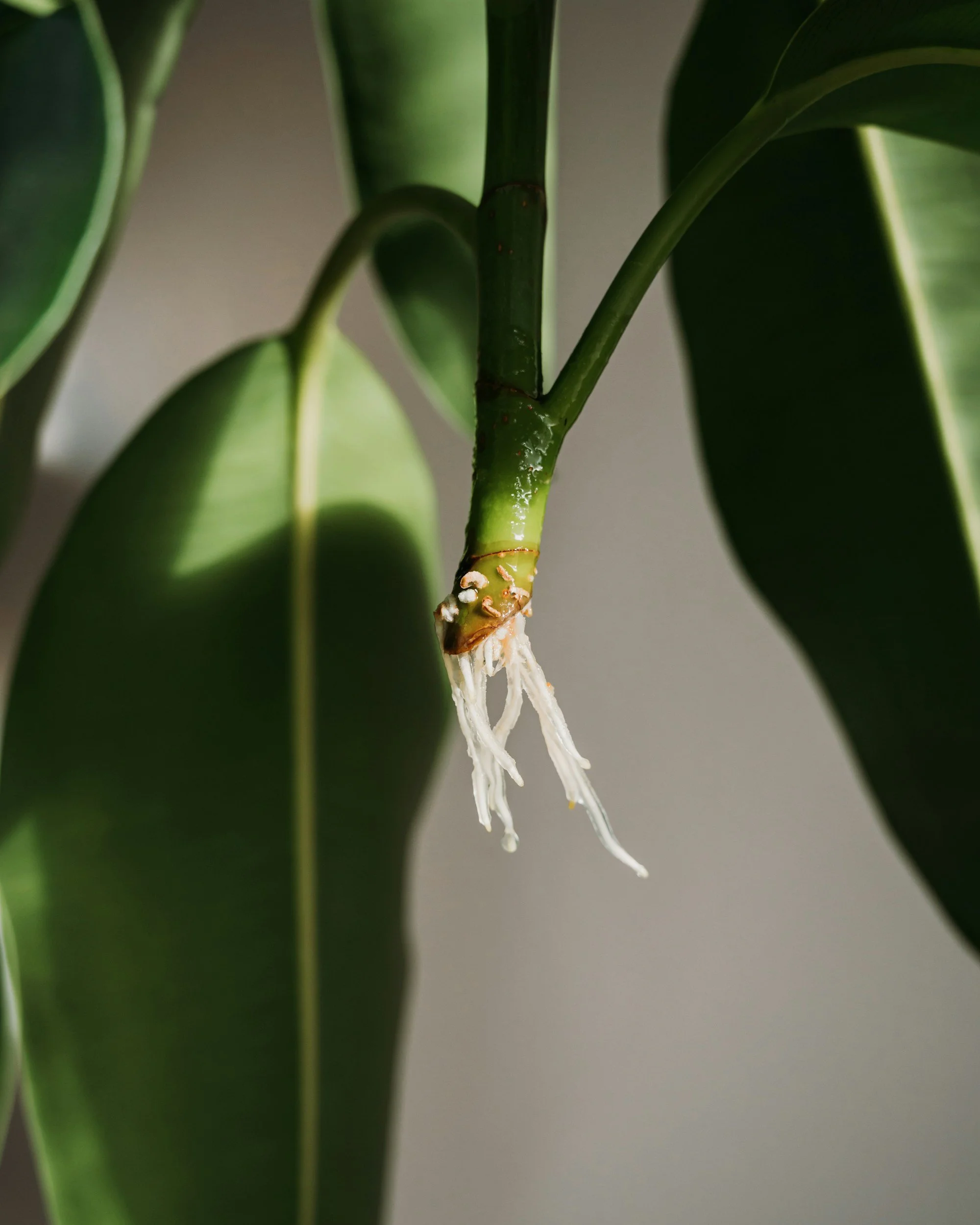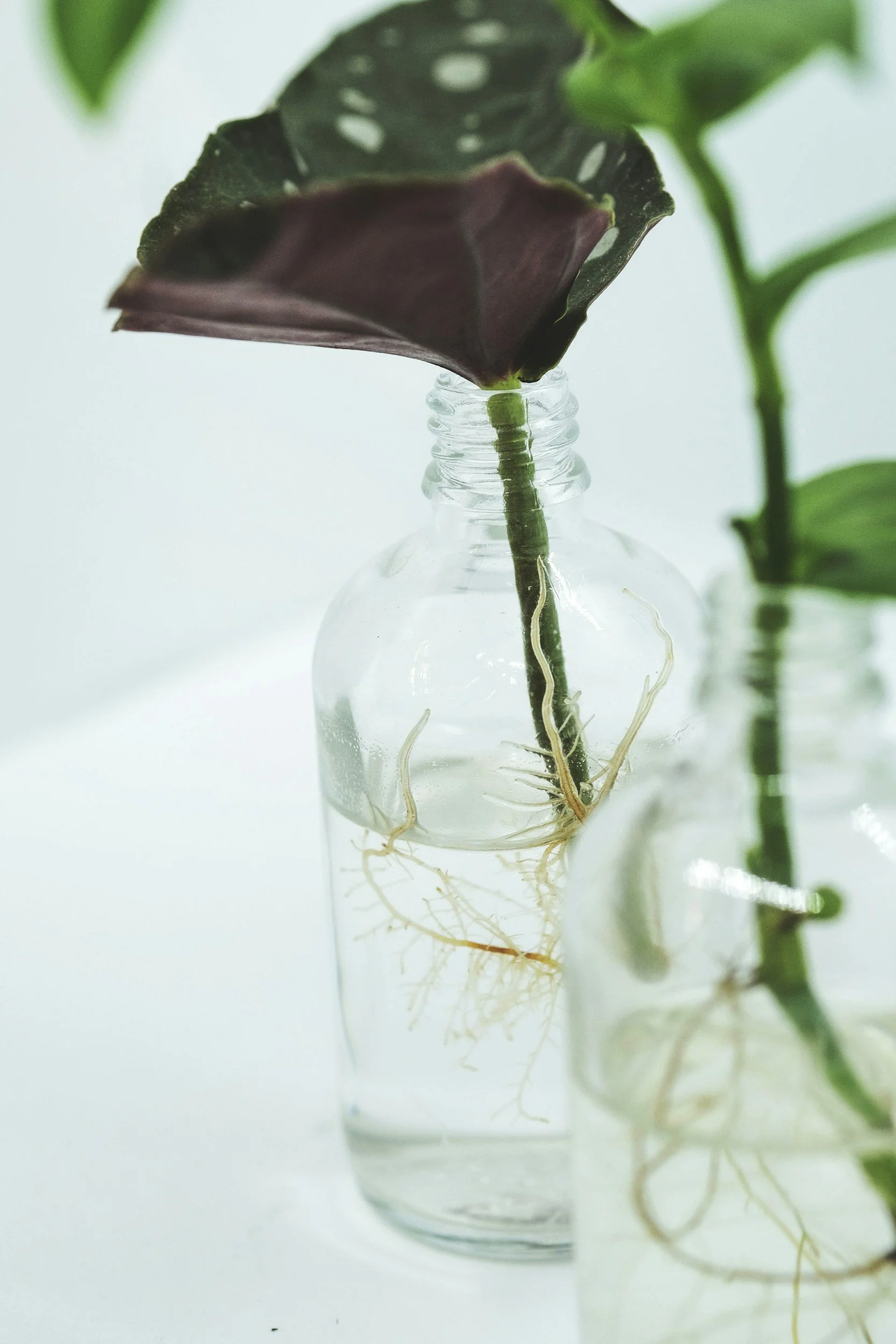The Art of Propagation
Today we are diving deep to the captivating world of water propagation! If you're ready to witness the magic of roots sprouting before your eyes, you're in for a treat. Let's simplify the process to help you master this propagation method with ease.
Step 1: Select Your Cutting
Choose a healthy stem cutting with at least one node—a small bump on the stem. This is where the roots will emerge! Ensure your cutting is free from any diseases or pests for optimal growth.
Step 2: Make a Clean Cut
Using sharp, sterile scissors, make a clean cut just below the node. This ensures that the cutting has the best chance of rooting successfully.
Step 3: Place in Water
Place your cutting in a jar or container filled with clean, room-temperature water. Submerge the node in the water, ensuring that at least one or two nodes are immersed.
Step 4: Patience Is Key
Now comes the waiting game. Keep your cutting in a well-lit area with indirect sunlight, and be patient as roots begin to develop. Change the water every few days to prevent stagnation and ensure oxygenation.
Step 5: Potting Up
Once your cutting has developed a healthy root system—typically when roots reach around two inches in length—it's time to pot it up. Choose a small pot with well-draining soil, and gently transplant your cutting, ensuring the roots are buried beneath the soil surface.
Step 6: Care and Nurture
After potting up, continue to care for your newly potted plant as you would any other houseplant. Keep it in a bright, indirect light, water it when the top inch of soil feels dry, and watch as it grows into a thriving plant.
Water propagation is a rewarding and accessible method for growing new plants from cuttings. By following these simple steps and exercising a little patience, you'll soon be amazed by the sight of roots sprouting and your cutting transforming into a flourishing plant. So, grab your scissors, fill up that jar with water, and let the propagation journey begin!
Do you really need stones in your planters?


